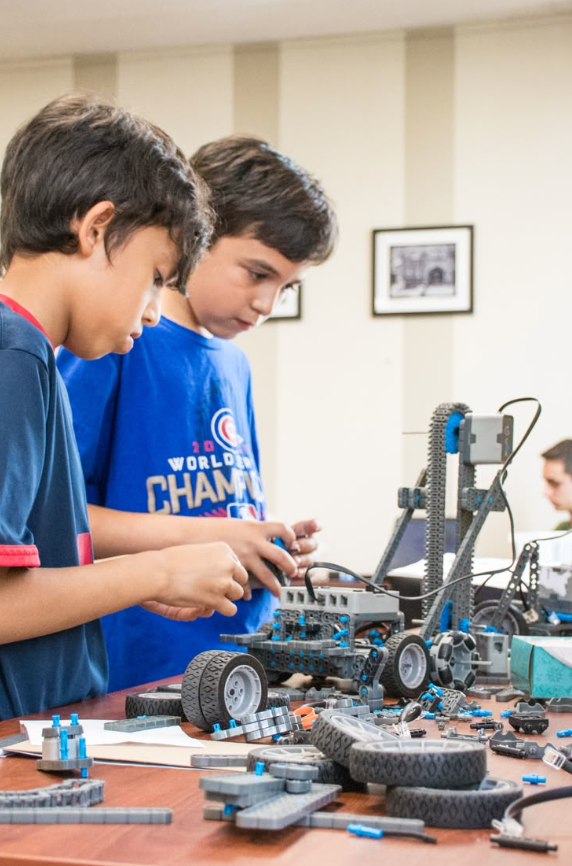My first jobs out of college were at manufacturing sites (aka plants). My major role as an engineer was to make sure the plant ran effectively and efficiently.
One way I did this was by identifying equipment showing signs of wear, which meant they could break soon. So how did I learn the signs? By knowing what the equipment was supposed to look like and sound like when running properly. That way, when something didn’t quite look like normal, I was able to identify a possible problem.
My husband has recently been teaching this skill to my older son through their hobby grade radio control cars. These aren’t just the cheap little remote control cars sold at any toy store. Hobby grade RC cars have the ability to be repaired when broken, or upgraded as desired, just like a real car!
While they were playing out front with their cars one day, my husband’s RC car started to lose control. He and my son looked over the car to see what could be going wrong. But where to look first? Start where the rubber meets the road. Literally! They started by looking at the wheels. First they looked at the tread on the tires, but they were intact. Next they looked at how the wheels ran. Here is a video of what the wheels looked like while they were running.
Do you see how the wheels are wobbling? That couldn’t be right! My husband and son now saw why the car was hard to control. Something was wrong with the wheels!
They started to investigate by taking the wheels apart. Below is a sketch of all the parts they found when taking the wheel apart:
The sketch above shows the following parts:
- Drive shaft: a rod that is attached to the engine, and is rotating because of the engine
- Wheel: the tires of the car
- Fixed Point: the fixed point keeps the drive shaft stable, preventing it from moving everywhere!
- Two Bushings: The bushings are set into the fixed point. They are made of a very smooth plastic, ensuring that the drive shaft rides smoothly within the fixed point. Or more specifically, the bushings reduce the amount of friction between the fixed point and the drive shaft.
While taking apart the assembly, they took note of the condition of each part. First they took off the wheel, and confirmed they were still intact. Next they looked at the “fixed point”, and didn’t see any damage to it either. Before they even took out the bushings from the fixed point, and they saw this:
The bushing was completely destroyed! You can even see in the picture where parts of the bushing had broken off. Instead of just replacing the bushing, they decided to upgrade it to a bearing.
A bearing is used in the same way as a bushing, except they are expected to last a lot longer (or have a longer life) than a bushing. The type of bearing my husband used is called a ball bearing. A ball bearing consists of two rings (an out and an inner) with small balls in between them.
Here is a sketch of the assembly once the bearings were in:
Now that the bearings were installed, it was time to see if the wheels had stopped wobbling, and take the car for a test run! So my husband and son headed outside, and continued racing their cars. The handling of my husband’s car was much better, and he and my son played til the sun came down.
And that is a great example of what a mechanical engineer does in a factory. They find equipment that is a failure point, and upgrade it to something that will last longer!
Are you interested in a hobby car to teach your kids about engineering? My husband is using the Traxxas 76044-1 LaTrax SST. We’ve been able to teach my son so many things from this car. Keep a look out for coming posts on the other lessons we’ve taught him!
